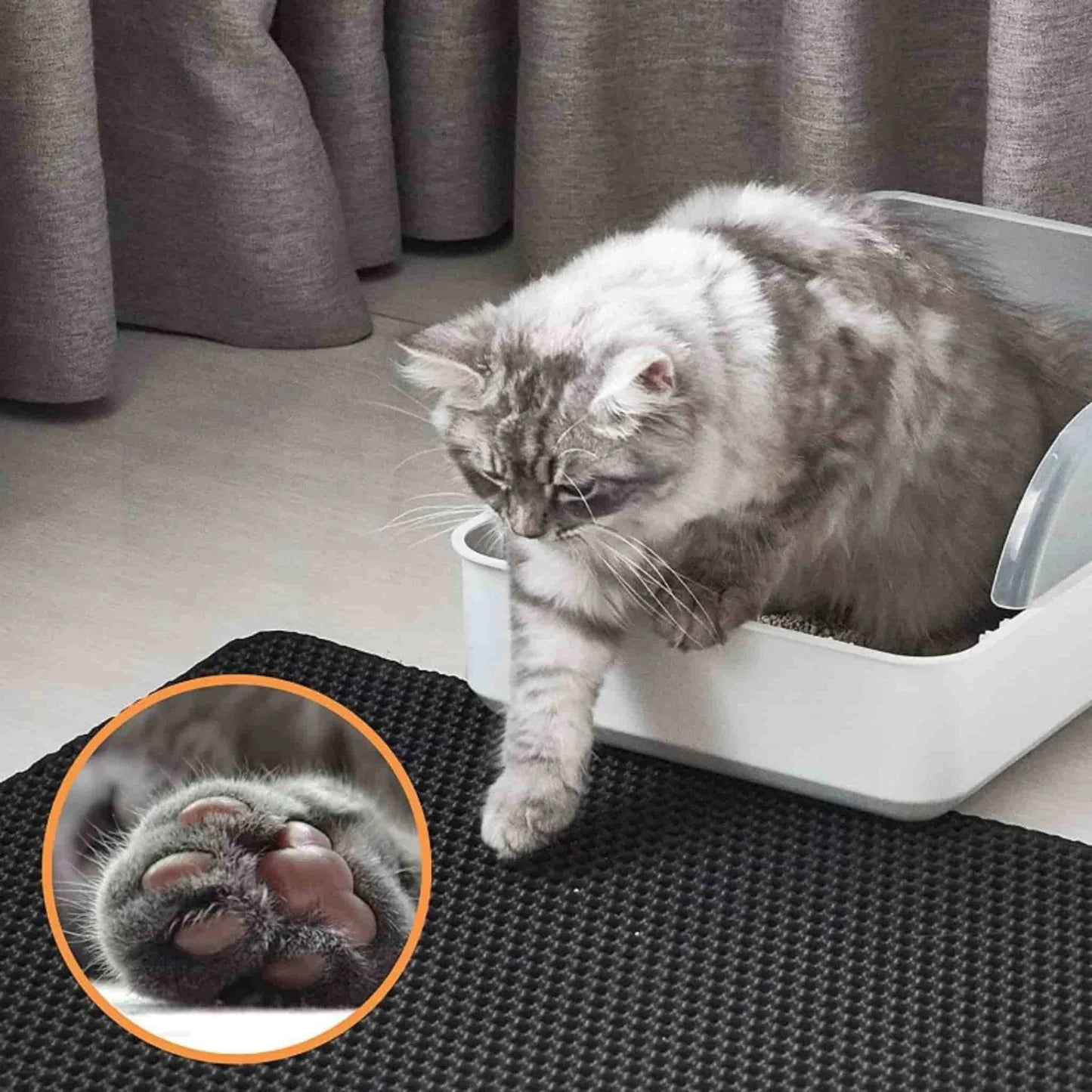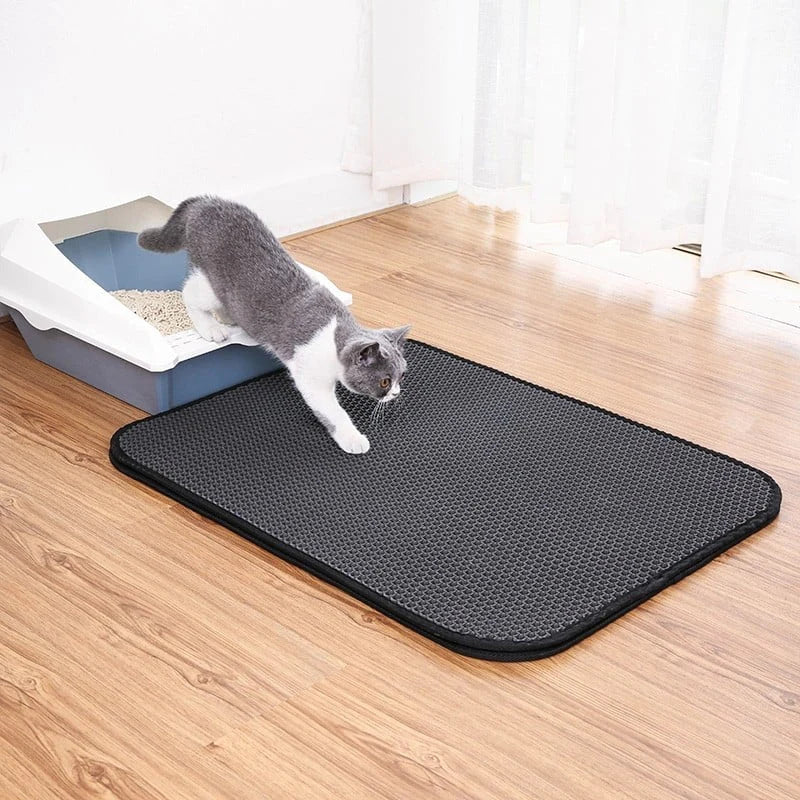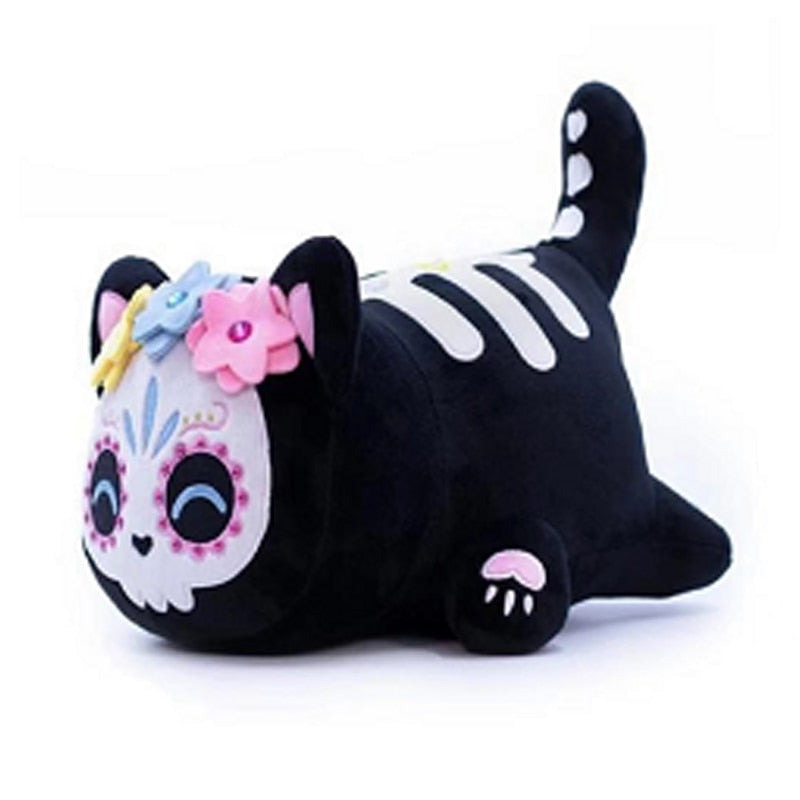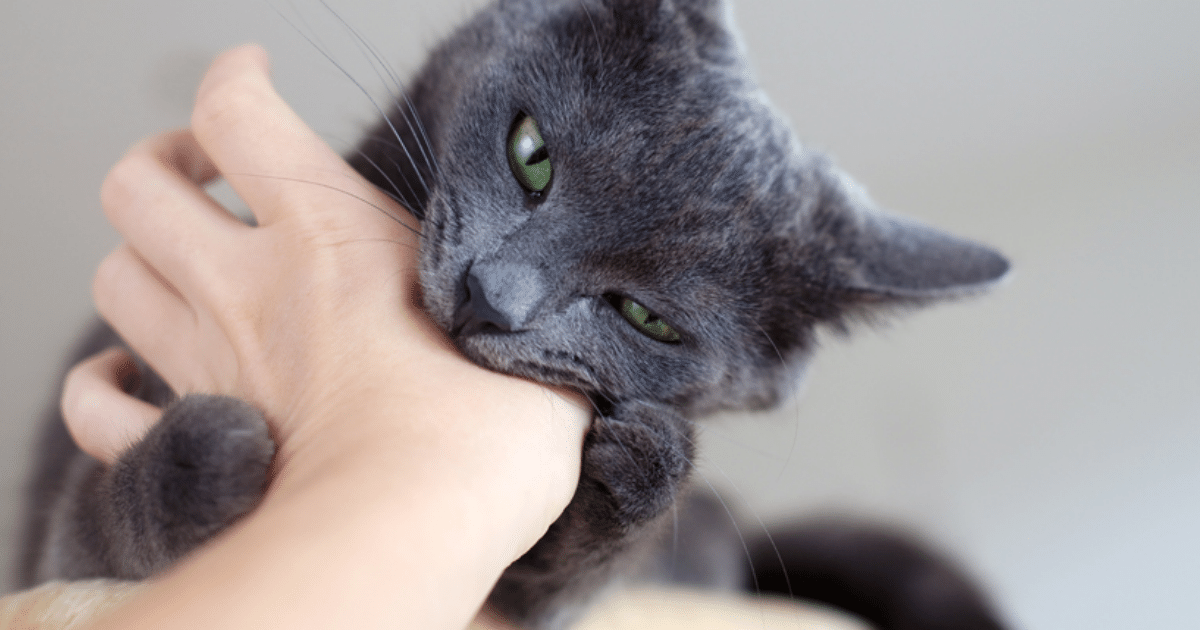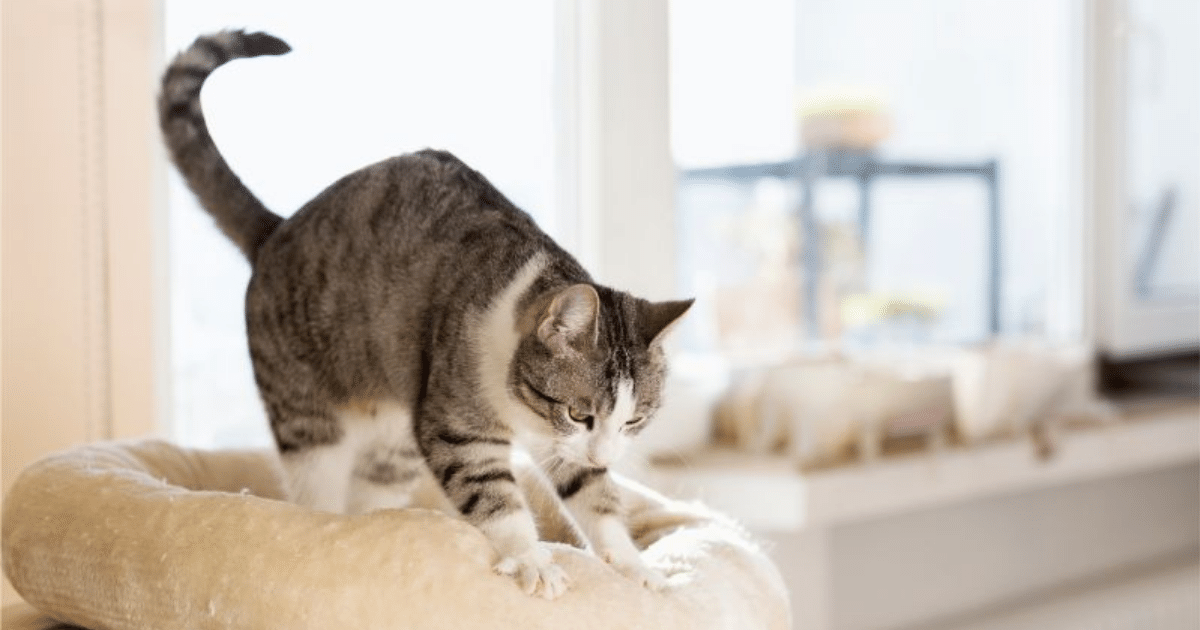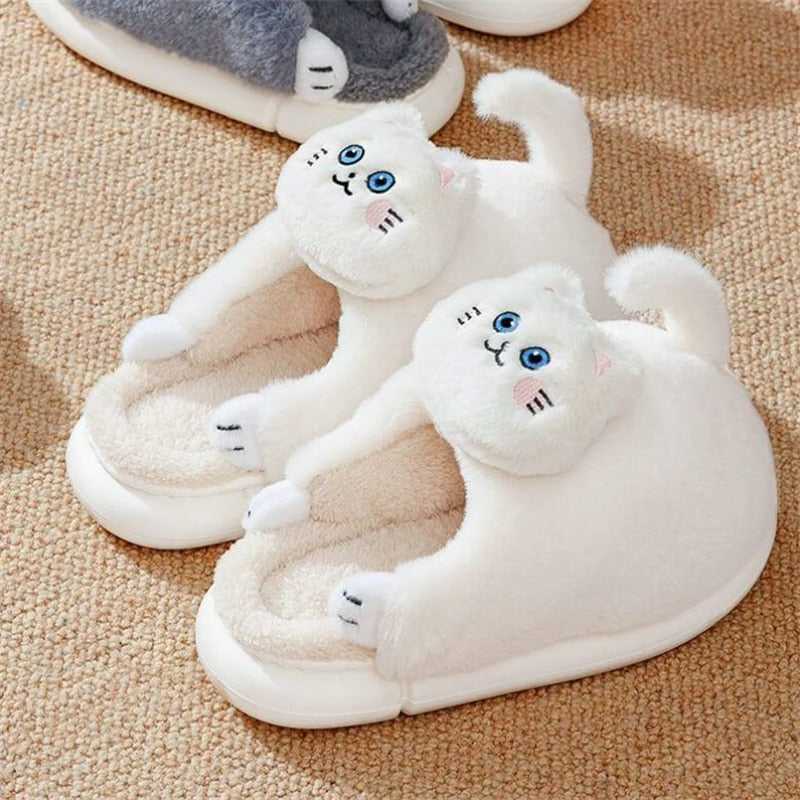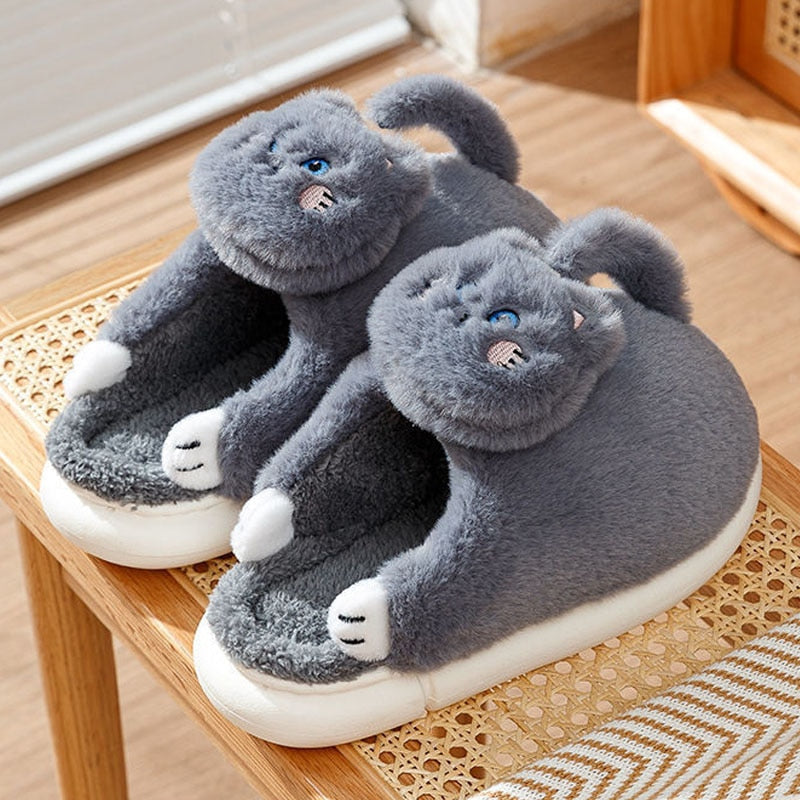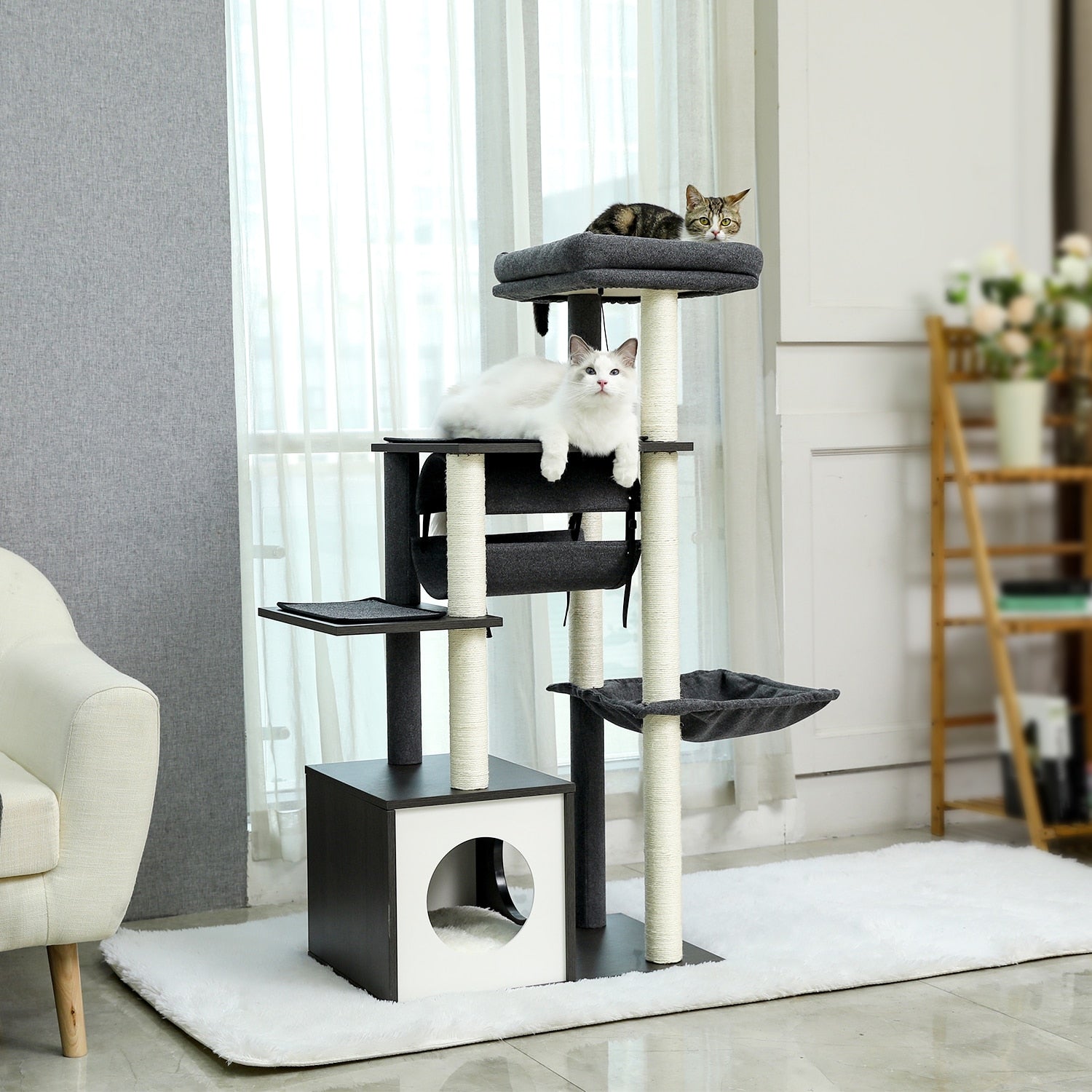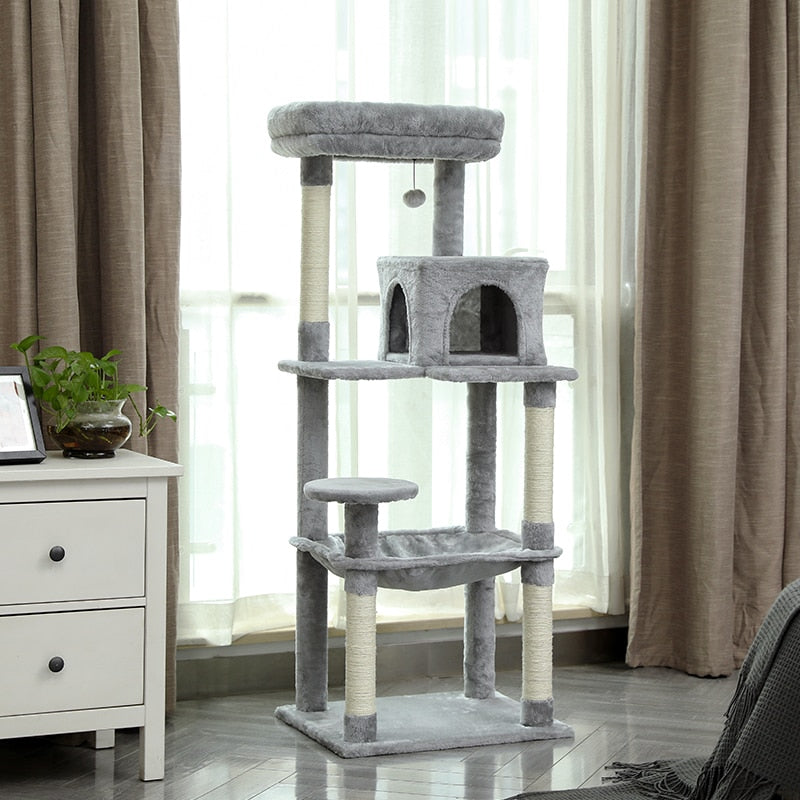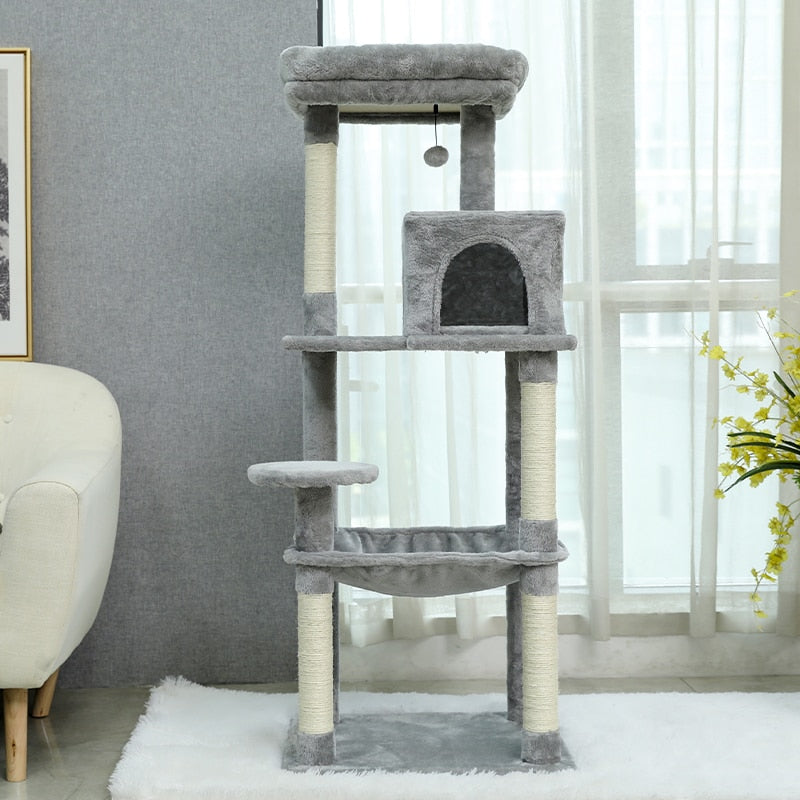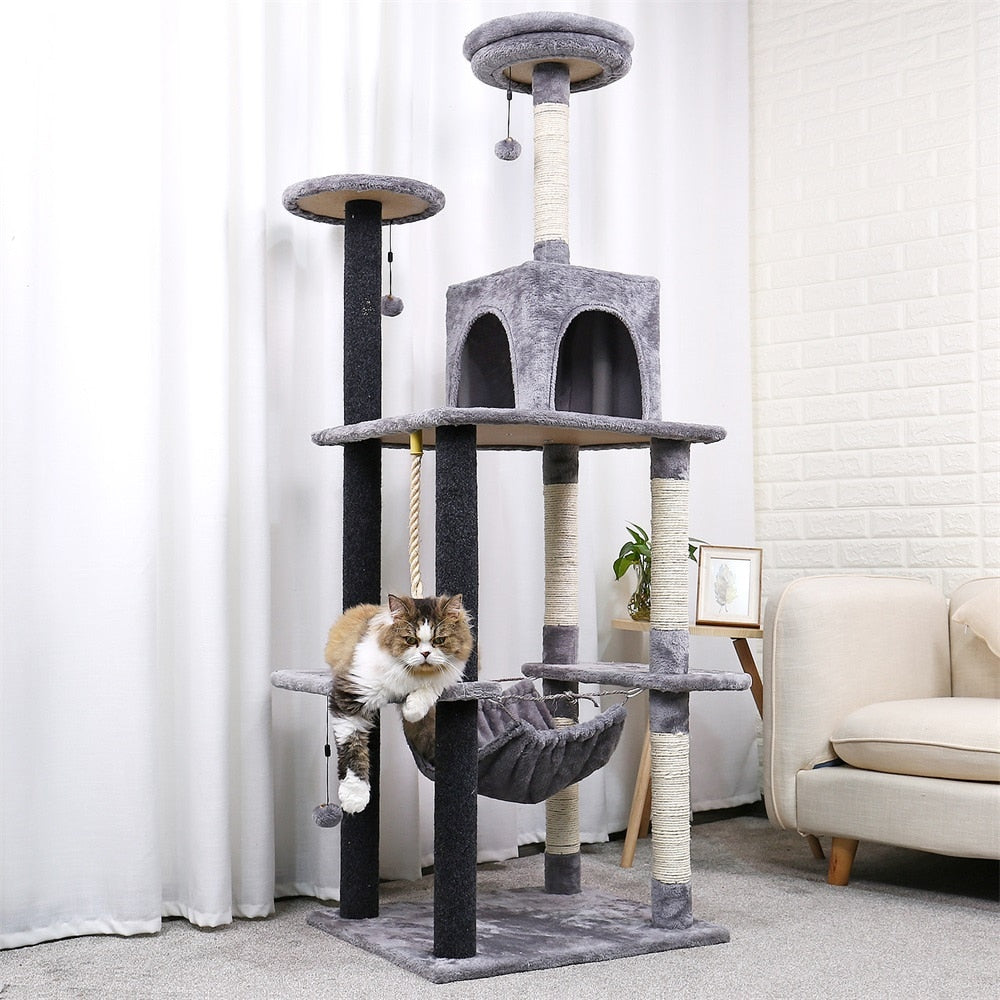How to get rid of fleas from my cat in my house

Fleas are parasites that, once attached to your cat, multiply exponentially. Just one of these critters produces no less than 50 eggs per day, which will spread throughout your home, with the goal of colonizing all of your pets (or re-infesting your newly-treated cat).
you will have understood, getting rid of fleas is a capital and urgent operation. Despite the high number of eggs in your home, which will then turn into larvae and then into ultra-resistant cocoons, there are relatively simple methods of dealing with these pests on both your tomcat and your home.
In the following, you will find some effective tips to get rid of fleas permanently, in just 4 steps.
Step 1: Treat your cat and all its other animals
Once attached to your cat, fleas multiply very quickly. Indeed, a single chip produces about 50 eggs per day, and these eggs will spread around your house, with the aim of colonizing other hosts. This is the reason why after having had the confirmation of an invasion of fleas on your cat, you must act very quickly, by administering a curative flea treatment to your small feline.
In order to protect all of your other animals from a possible infestation, you will also need to treat them.
There are many types of flea treatment that you can use in case of an infestation: antiparasitic shampoos which are different from a simple shampoo for washing your cat, sprays, pipettes and tablets. You can consult our file on anti-flea treatments for your cat and find which solution is best for your little feline.
Step 2: Treat the cat's objects: cushion, carpet, cat tree…
In the event of a flea invasion, know that only 5% of fleas are present on your cat, the other 95% are distributed in your house! This is the reason why when you treat your cat and all the other animals in the house, you must absolutely treat your home, at the risk of enduring endless recurrences of contamination of your cat.
The elements to be treated in priority are the areas commonly frequented by kitty as well as the objects that he uses on a daily basis. These include cleaning all of your cushions, throws, blankets, rugs, the cat tree and all of your little pet's sleeping areas. You will need to put all these cushions and other removable textiles in the washing machine at a temperature of preferably 60 ° C. After washing, apply a local-acting flea spray.
Step 3: Clean your home: we vacuum we clean
As mentioned previously, the majority of fleas are found throughout your home. So, in addition to treating your hairball and its hangouts, you need to clean your home from top to bottom. Indeed, the fleas disseminated in your house are in the form of eggs, larvae and especially cocoons, a very resistant form. You can clean your home using the natural method, or else using conventional flea chemicals.
Natural Treatment
To get rid of fleas in your home in a natural way:
- First, you need to vacuum everything in order to collect as many bugs as possible.
- Then you have to apply salt, baking soda orthe floor and carpets diatomaceous earth to and let it act for a while.
- About 24 hours later, remove everything with the vacuum cleaner.
You can also opt for cleaning your floors with very hot water mixed with a few drops of lavender essential oil. If possible, use a steam cleaner.
However, note that, although easy to implement, natural treatments are not always 100% effective. For enhanced and prolonged effectiveness, nothing beats the use of conventional chemicals to get rid of fleas in your home.
Conventional (chemical) treatments
To get rid of these pests once and for all, after vacuuming everywhere, use one of the many flea sprays (and other pest control products) for floors and other surfaces.
A more drastic action will be to use chemical diffusers or foggers, which spread a cloud of pest control product throughout your home, which leaves no egg, larva, cocoon or flea a chance. However, there are a few precautions you should take beforehand, such as keeping yourself (and all pets) away during spraying, and taking the trouble to ventilate the house well after treatment.
Step 4: Prevent Fleas From Coming Back
Finally, as you know, prevention is better than cure. To avoid any future re-infestation of your cat and your home, you need to put special emphasis on prevention. This involves treating your little animal with a long-lasting antiparasitic, which can go up to 1 month after applying the product. There are many solutions on the market, including pest control collars, pipettes, and tablets. Only your veterinarian will know how to guide you effectively.



